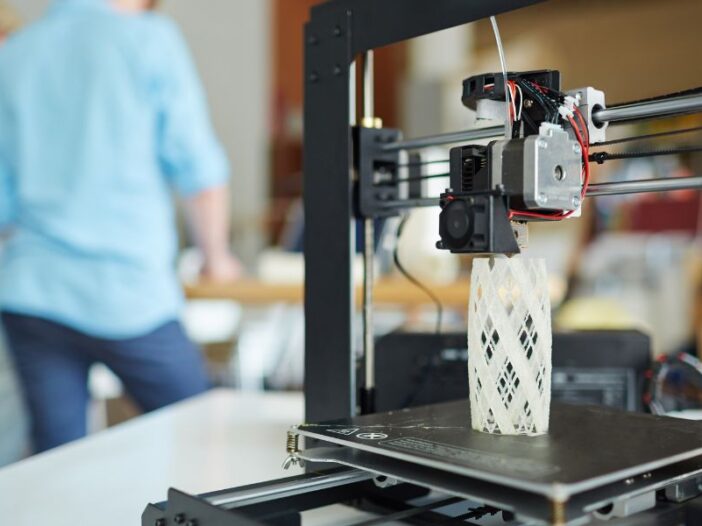
For enthusiasts and professionals captivated by the capability to turn digital blueprints into tangible objects, 3D printing can sometimes feel like unlocking a new creative dimension. Yet, the terrain of additive manufacturing comes with complexities that can temper enthusiasm. That’s where strategies to surmount some of the thornier aspects of 3D printing come into play, ensuring your innovation track stays as smooth as a freshly printed layer. Gain confidence in your 3D printing abilities by learning how to overcome advanced challenges.
Table of Contents
Tackling Troublesome Overhangs and Warping
Overhangs are parts of the print that extend beyond previous layers without support. Using well-structured support strategies is essential to prevent draping overhangs. Implementing dissolvable filaments for supports can make post-processing a breeze, leaving your main object unblemished by support removal struggles.
What About Warping Challenges?
Warping, a distortion where the material shrinks as it cools, turns prints into imperfect versions of their intended shapes. This issue can be mitigated easily by maintaining a consistent temperature throughout the printing process. To further preserve your designs’ integrity, incorporate additional accessories like heated beds, controlled chambers, and carefully calibrated cooling fans into the printing process.
Optimizing Speed and Managing Material Mishaps
Everyone’s after that sweet spot where the print speed intersects with quality. Dialing in the correct settings for the print speed can reduce the time it takes to make your creation without compromising the crispness. Slow the printing speed for intricate details, then turn it back up for larger sections.
When printing with more advanced materials, the expertise will lie in how much you know about managing the filament’s propensity to warp from strong reactions to temperature changes. Knowing how a tougher material reacts is pertinent when learning how to print with a filament like ABS. This information will ensure you know how to keep the environment stable so you can create stronger, more reliable prints.
Addressing Filament Fusion and Tough Material Printing
Sometimes, one filament is simply not enough. If you’re wondering whether you can 3D print with two filaments, the answer is a resounding yes. Dual-extruder printers allow users to mix colors or materials; however, this technique demands precise calibration and filament compatibility knowledge. So, make sure you master the art of printing with one filament first, and research each filament’s compatibility before attempting a more advanced project. Keep in mind that materials like polycarbonate or TPU have greater extrusion temperature and bed adhesion needs, but they reward printers with durable, flexible outputs.Learning how to overcome advanced 3D printing challenges is an evolving endeavor. Keep these tips in your toolkit and remember that each challenge is a step closer to honing your ability in this cutting-edge craft. With every error, a lesson is learned, and with every successful print, your skills strengthen. Keep pressing Print and pushing the boundaries.